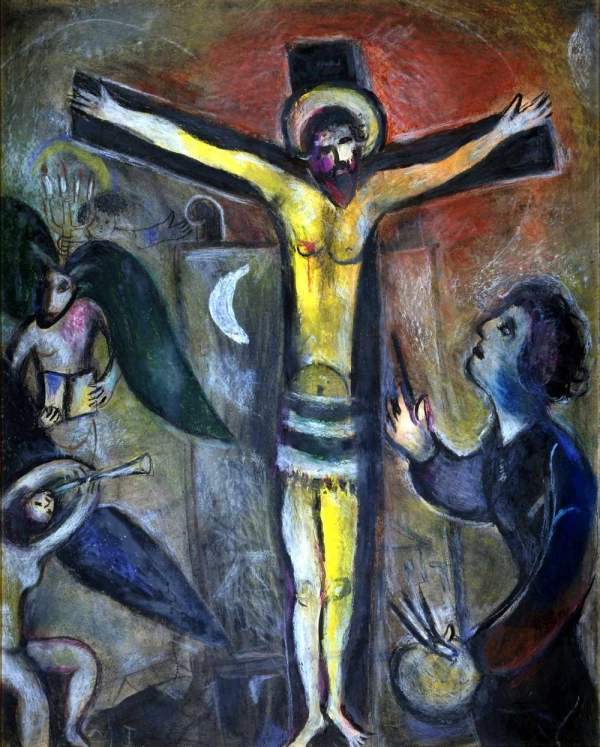Gauguin, Matisse, Chagall: the Passion in the works of French artists on display at Milan's Museo Diocesano
From February 21 to May 17, 2020, the Museo Diocesano Carlo Maria Martini in Milan, in collaboration with the Vatican Museums, is hosting the exhibition Gauguin, Matisse, Chagall. The Passion in French Art from the Vatican Museums.
This exhibition showcases works belonging to artists such as Paul Gauguin, Auguste Rodin, Maurice Denis, Georges Rouault, Marc Chagall, and Henri Matisse, to name a few, who share the theme of the Passion of Christ. Among paintings, sculptures and engravings from the Contemporary Art Collection of the Pope’s Museums, the exhibition sheds light on different aspects of the delicate relationship between modernity and tradition in art and the Church between the 19th and 20th centuries. These were crucial years in which artists, especially in France, actively participated in the debate affecting the renewal of contemporary sacred art and the delicate dialogue between art and spirituality. The need to respond to the increasingly urgent questions posed by modern society pushed artists to reflect and experiment: different styles, languages, expressions, and techniques show an artistic and spiritual universe of great fascination and intensity in which tradition and innovation, past and modernity, converge and integrate.
Likewise, the exhibition offers an opportunity to reread the thinking on the role of art and in particular contemporary art of Pope Paul VI, to whom we owe the birth in 1973 of the Collection of Modern Religious Art within the Vatican Museums, today the Collection of Contemporary Art. According to Pope Montini, art is a place in which to express doubts, search for truth, beauty and meaning, communicate knowledge and experiment, without any distinction or preclusion with respect to the faith and culture to which we belong.
For all information you can visit the museum’s official website.
Pictured: Marc Chagall, Le Christ et le peintre (1951; gouache and pastels on paper applied to cardboard)
 |
| Gauguin, Matisse, Chagall: the Passion in the works of French artists on display at Milan's Museo Diocesano |
Warning: the translation into English of the original Italian article was created using automatic tools. We undertake to review all articles, but we do not guarantee the total absence of inaccuracies in the translation due to the program. You can find the original by clicking on the ITA button. If you find any mistake,please contact us.



























